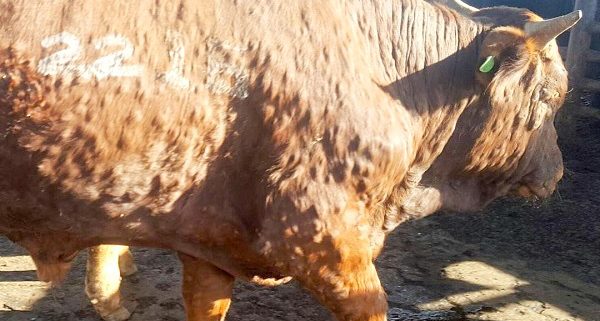Is it possible to eradicate diseases? – African Farming
In human medicine, some diseases have been eradicated and others adequately controlled with the help of vaccines. Examples include smallpox, polio and mumps. Current vaccine research gives us further hope that more diseases will be managed even better in the future. It is also worth noting that a majority of emerging and re-emerging diseases often point to a link between animals and humans.
In the animal-health space, we know of rinderpest (also known as cattle plague), specifically in ruminants, which was successfully eradicated from the face of the Earth by vaccines. The last known rinderpest outbreak was in 2001 in Kenya.
In 2011 the World Organisation for Animal Health (OIE) declared the disease officially eradicated, meaning it does not occur in animals anywhere in the world. This is a disease that almost decimated the cattle population of South Africa in the 1890s, killing more than 2.5 million animals.
The answer to the question in the heading above, is therefore a resounding yes. It may not necessarily apply to all diseases of economic importance but where eradication is not an option, vaccines can still keep diseases under control to the extent that sustainable – and hopefully also profitable – livestock production is possible.
Where eradication may not be possible or easily achievable, vaccines can also help control the disease at a cost far below that of treatment attempts, which are often unsuccessful.
Unlike the traditional understanding of vaccines existing purely to prevent disease, we now understand better their importance in slowing down disease progression in a susceptible population. They often buy us a bit of time while animals develop the immunological competence to resist or recover from infections.
Moreover, vaccines can assist in minimising the spread of disease-causing agents from an infected animal to a susceptible population, reducing the severity of the disease when animals are infected.
In best-case scenarios, the vaccine elicits sufficient protection and prevents contraction of the disease as well as its effects, like abortions in pregnant animals. Vaccination remains by far the cheapest insurance one can buy to protect a livestock investment as well as valuable genetics.
RETURN ON INVESTMENT
Every animal death eats away at the farmer’s profits and every animal saved has a positive effect on the farming operation. A potential breeding animal will help add more animals to the herd. If such an animal were to be saved as a weaner, it could cover the health costs of the rest of the herd for a full year or even longer, depending on the size of the herd and the health programmes used. Do the math and you’ll quickly realise the value of investing in vaccines. It may be difficult to measure the costs of for example the case where an affected animal survives but does not perform as it should.
The cost of poor performers rolls over to the feeding as well the costs of treating them when they are unwell. For both the farmer and consumer the benefits of producing products from healthy animals are obvious. When you are bombarded with offers from suppliers who all promise that their product is the best, it can be daunting to make decisions about your vaccination programme. You might be forced to decide between critical vaccinations and optional ones for reasons of affordability.
For example, unless it is legally compulsory, as in the case of anthrax and brucellosis, it may not be essential to vaccinate for certain diseases. Even more so in the case of diseases that have not been reported in your immediate area for up to five years, assuming there is effective surveillance and reporting. (If you are not sure, ask your local vet or the state vet.)
Certain diseases, like those transmitted by insects, are known to have a higher prevalence following higher insect activity. The latter is often influenced by environmental conditions that enable the insects to survive and reproduce. It is important to protect livestock against the following insect-borne diseases before the start of a rainy season:
■ Rift Valley fever
■ Lumpy skin disease
■ Bovine ephemeral fever (three-day stiff sickness)
Clostridial diseases and lung diseases may be vaccinated against at the same time.
CUSTOMISED VACCINATION
Since certain animal diseases may present with similar clinical signs, a proper diagnosis is essential. Your local vet, both private or state, plays a critical role here. Once a preventable disease is confirmed and it is known to occur in the area, it is easier to incorporate the relevant vaccine into your annual health programme.
Another valuable resource is the Ruminant Veterinary Association website (ruvasa.co.za), where various veterinary practices countrywide voluntarily report diseases they encounter in the field.
Your local state veterinary office would also be a valuable resource, especially with regard to controlled and notifiable diseases.
Speak to your local vet or animal-health technician regarding basic vaccination programmes that can make a difference to your livestock operation.
Dr Sello Maboe is the technical and marketing manager at Onderstepoort Biological Products. Email him at sello.maboe@obpvaccines.co.za.




Leave a Reply
Want to join the discussion?Feel free to contribute!